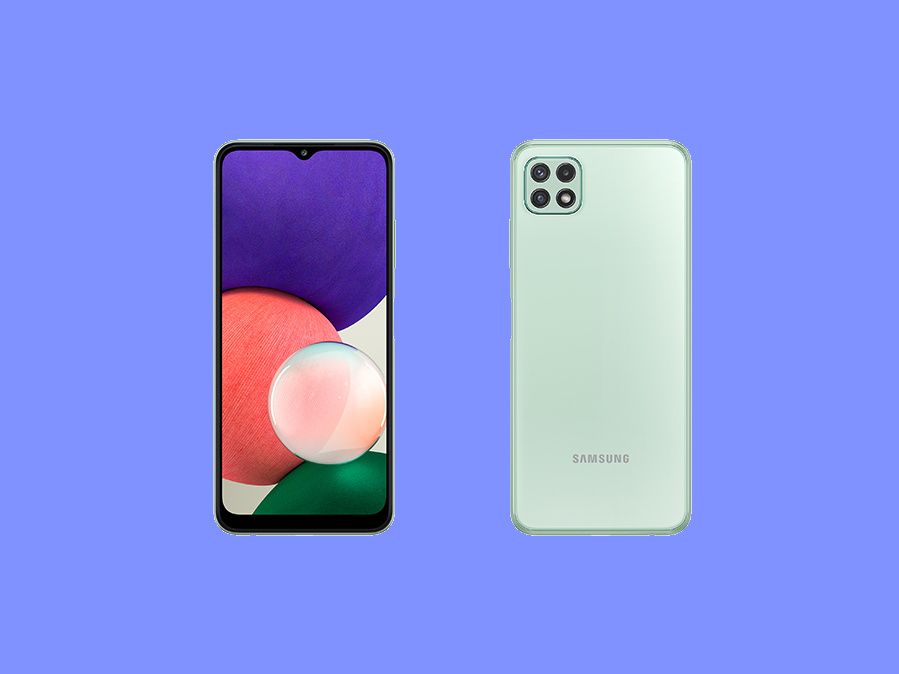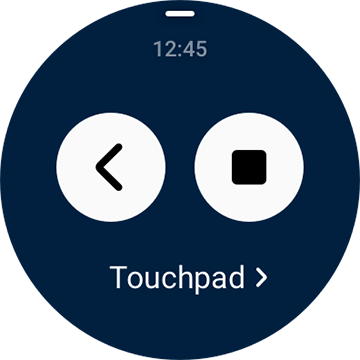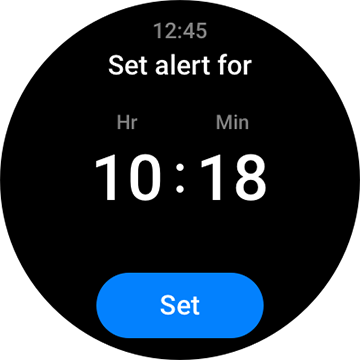5G rollout continues to happen around the world, so if you’re buying a new phone, it might be worth picking one up that supports this fifth-generation network. Most of the phones in our Best Phones and Best Android phones list already support 5G – but you don’t have to spend flagship money to get that high-speed connectivity now. Here’s XDA’s guide to the best phone with 5G support.
Navigate this article:
Best Foldable 5G phone: Samsung Galaxy Z Fold 3

If you want the most capable and coolest 5G phone, it’s got to be the Samsung Galaxy Z Fold 3 right now. A mini tablet that can fold in half to become a pocketable form factor, the Galaxy Z Fold 3 is the most cutting-edge smartphone in the world right now.
This year Samsung added more durable build material and IPX8 water resistance, as well as improved screen brightness and S-Pen support, making it a very capable productivity machine.
The Galaxy Z Fold 3 is the newest top dog phone in Android, so of course it has 5G support! You’ll want that high speed connection too because this is one capable multi-tasking beast of a machine.
Best 5G phone between $1,000 and $1,500: Samsung Galaxy S21 Ultra

The Galaxy S21 Ultra is arguably the best slab phone in the world right now, so it naturally takes this spot here too. In addition to top-notch connections, you’re getting the best screen possible on a mobile device right now, a Samsung AMOLED screen with an adaptive refresh rate that can max out at 120Hz, with the punchiest colors and 1,500 nits of maximum brightness. Throw in the Snapdragon 888 and a legit 10x optical zoom, and the Galaxy S21 Ultra is not just the best 5G phone right now, but the best non-foldable phone ever.
The Samsung Galaxy S21 Ultra is the ultimate overkill in the new 2021 flagship series, packing in a flagship SoC, a premium build, a great display, and an amazing camera setup, as well as all the extras expected on a premium flagship.
Best 5G phone between $800 and $999: Apple iPhone 12

Apple released four new iPhones last year but the best one overall for most people is the standard iPhone 12. Starting at $799 at carriers and $829 unlocked, the iPhone 12 is objectively one of the better flagship values on the market, considering it packs a premium build quality, the best-in-class 5nm A14 Bionic SoC, and a very capable camera system.
It’s also one of the few phones to have support for every global 5G band, so you know you’re going to be well connected no matter which part of the world you’re in.
The iPhone 12 is Apple's first 5G device and it's a highly polished and powerful handset that should satisfy every need -- although XDA readers used to Android may find iOS a bit annoying to use.
Between $700 and $800: OnePlus 9

The OnePlus 9 packs specs almost as powerful as the Galaxy S21 Ultra’s — it’s got a Snapdragon 888, 120Hz OLED screen, a very good 48MP main camera, and premium glass and aluminum design. However, it lacks mmWave 5G bands so in the US it only supports T-Mobile and Verizon’s 5G Nationwide, but not AT&T’s.
The OnePlus 9 is a $729 phone that punches above its weight class and can hold its own against $1,000 phones. It supports 5G networks from Verizon and T-Mobile, but not AT&T, however.
Best 5G phone between $500 and $699: Apple iPhone 12 Mini

The iPhone 12 Mini is about as good a value as an iPhone can get right now: you’re getting a 5nm SoC that’s more powerful than any chip from Qualcomm right now, a strong dual-camera system consisting of a 12MP main and ultra-wide, and all the usual iOS goodies that Apple fans swear by, like AirDrop, iCloud, instant connectivity with Apple’s ecosystem of products, etc. Even when considering that most XDA readers prefer Android, the iPhone 12 Mini is too good to leave off this list at its $699 price.
The iPhone 12 Mini is an Apple flagship, but in a petite size and a petite price. It supports 5G and comes in a really one-hand friendly package.
Best 5G phone under $500: Google Pixel 5a

The brand new Google Pixel 5a takes everything great about the Pixel 5 and improves it even more (larger battery, larger screen) while shaving a couple of hundred dollars off the price. So expect one of the best cameras around and clean, smooth software as Google intended.
However, the Pixel 5a in its current form can only support low band 5G from AT&T, Verizon, and T-Mobile. It doesn’t support higher-frequency mmWave, but for a phone at this price range, it’s not a major issue. The Pixel 5a at this price with its camera and software performance is worth it.
The Google Pixel 5a is basically the Pixel 5 with a larger battery and lower price. While it doesn’t have the full range of 5G band support, it shouldn’t be a major issue for most. It’s still a 5G phone.
Want the purest version of Android with the best of Google's camera tech? The Pixel 4a 5G is the phone for you. The main version of Pixel 4a 5G supports low-and mid-band, while a Verizon-exclusive covers the full spectrum -- at a cost.
Best 5G phone under $450: Moto One 5G

Motorola re-entered the flagship phone scene in 2020 with the Motorola Edge+, but it isn’t leaving the mid-range affordable scene behind. The Moto One 5G is the cheapest 5G-ready phone sold in the U.S, and it’s got quite an impressive list of specs. You’re getting a 90Hz LCD with a dual hole-punch cutout for two selfie cameras, a large 5,000 mAh battery, 48MP main camera, and a Snapdragon 765G.
The cheaper AT&T model, just like the Velvet, doesn’t support high-band mmWave, but the Verizon model does, but it will almost certainly cost a bit more.
Motorola's latest brings 5G connectivity and high-refresh screen for under $500, making it the best value 5G phone in the US.
Best 5G phone under $300: OnePlus Nord N10

With a Snapdragon 690 and a plasticky body, no one’s going to confuse the OnePlus Nord N10 as a flagship phone; but it’s got the required modem for connectivity to 5G and still sports a rather lively 6.5 inch, 90Hz AMOLED display. And despite the older SoC, the phone still performs at a satisfactory level thanks to the super clean and smooth OxygenOS software.
For optics, the 64MP main camera gets the job done, but the 8MP ultra-wide camera can be hit or miss. But that 4,300 mAh battery can power the phone all day with ease.
The OnePlus Nord N10 5G is a budget 5G handset that offers long battery life and a good screen.
Also great at under $300: Samsung Galaxy A22 5G

The newest release on this list is also the most affordable 5G phone, at a starting price of €229 (around $277) in Europe. No availability has been announced outside of Europe yet, but it could hit stateside, and even if not, there’s always the importing option.
The Galaxy A22 5G offers a 6.6-inch screen with a 90Hz refresh rate — although this is the rare Samsung phone with an LCD panel instead of OLED; handling processing and connectivity is the MediaTek Dimensity 700, and you have a camera system that covers the wide and ultra-wide focal lengths (along with the usual depth and macro sensors).
Samsung's Galaxy A22 5G offers a large battery and 5G connectivity at an affordable price.
Ultimately, if money is no object, my pick of the best 5G phones right now is a two-way tie between the Galaxy Z Fold 3 and the Galaxy S21 Ultra — but I understand the price makes either a no-go for many people. For most people, I think the iPhone 12 or OnePlus 9 are excellent purchases; you’re getting basically as good a smartphone as last year’s technology allows, at a reasonable price under four digits. Of course, if you’re on a tighter budget, then the Google Pixel 5a is a good choice as well.
The post These are the Best 5G Phones you can buy in September: Samsung, Apple, Google, and more! appeared first on xda-developers.
from xda-developers https://ift.tt/3lcyNYS
via
IFTTT
































